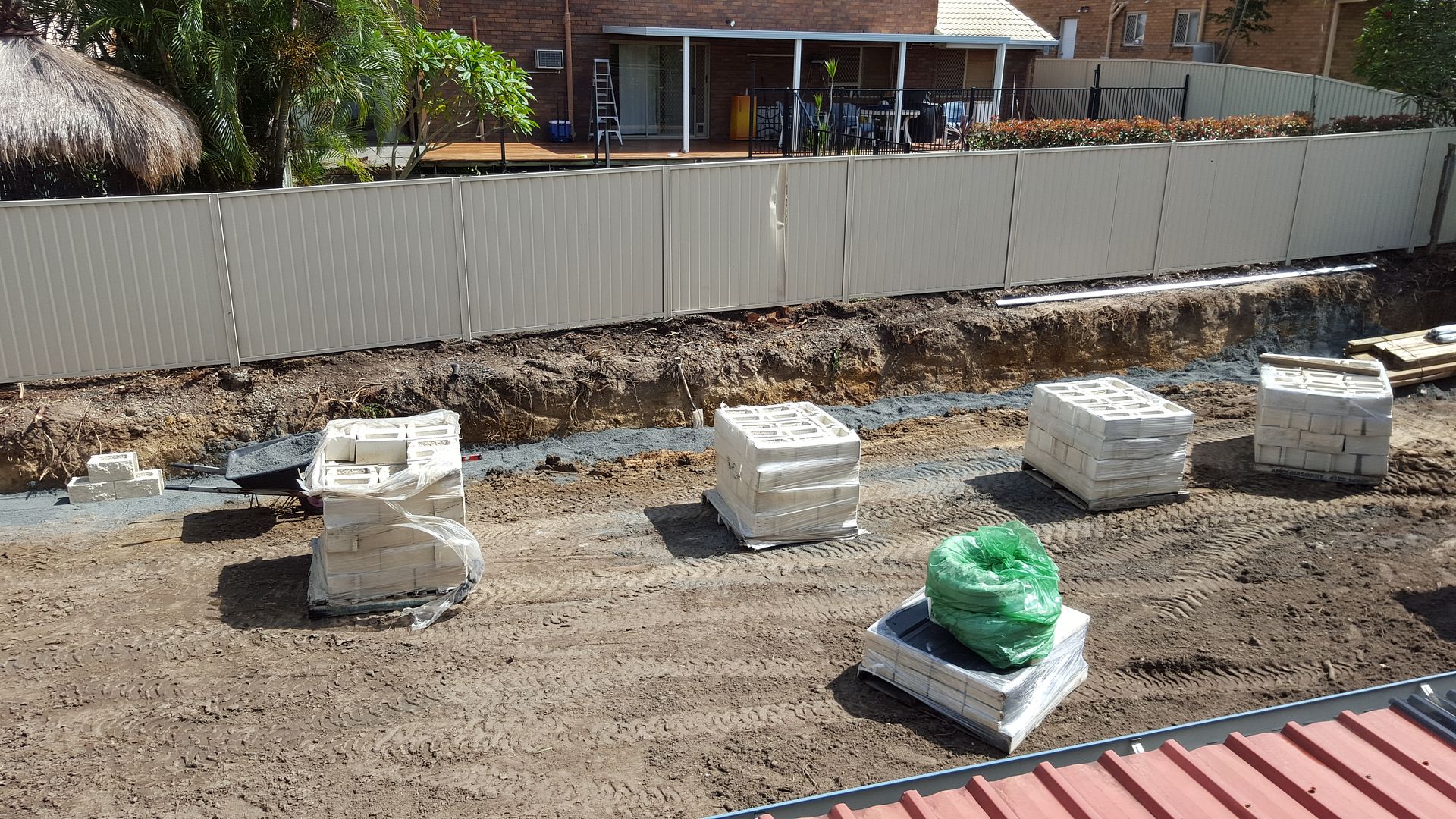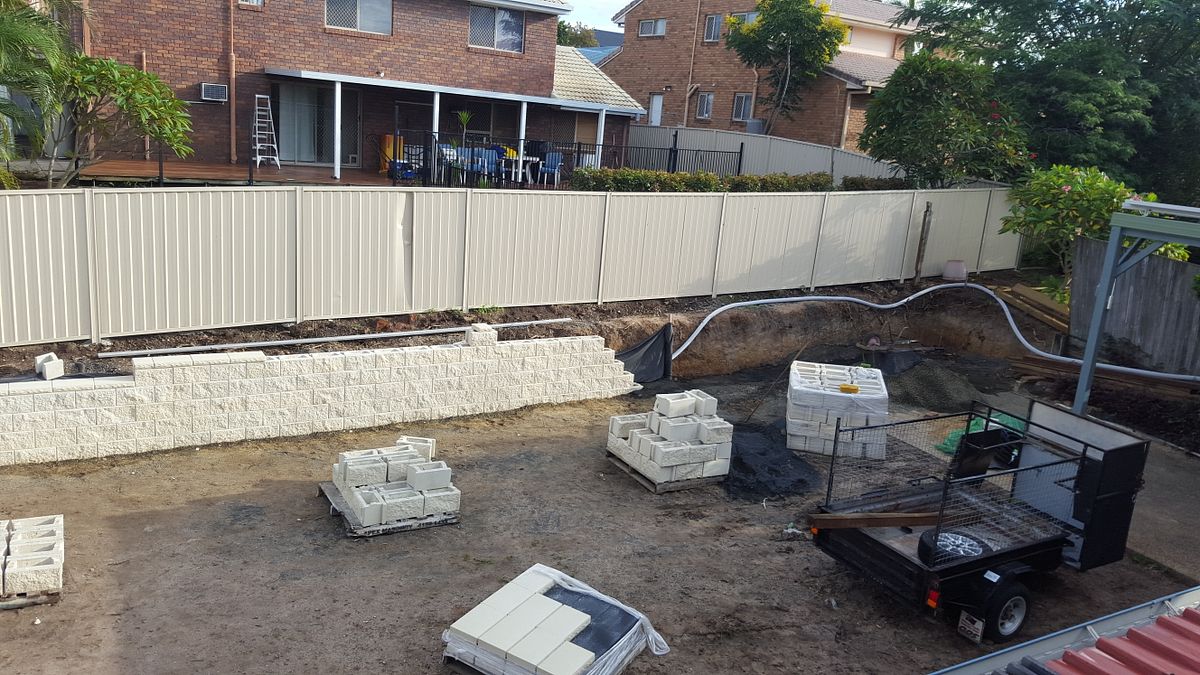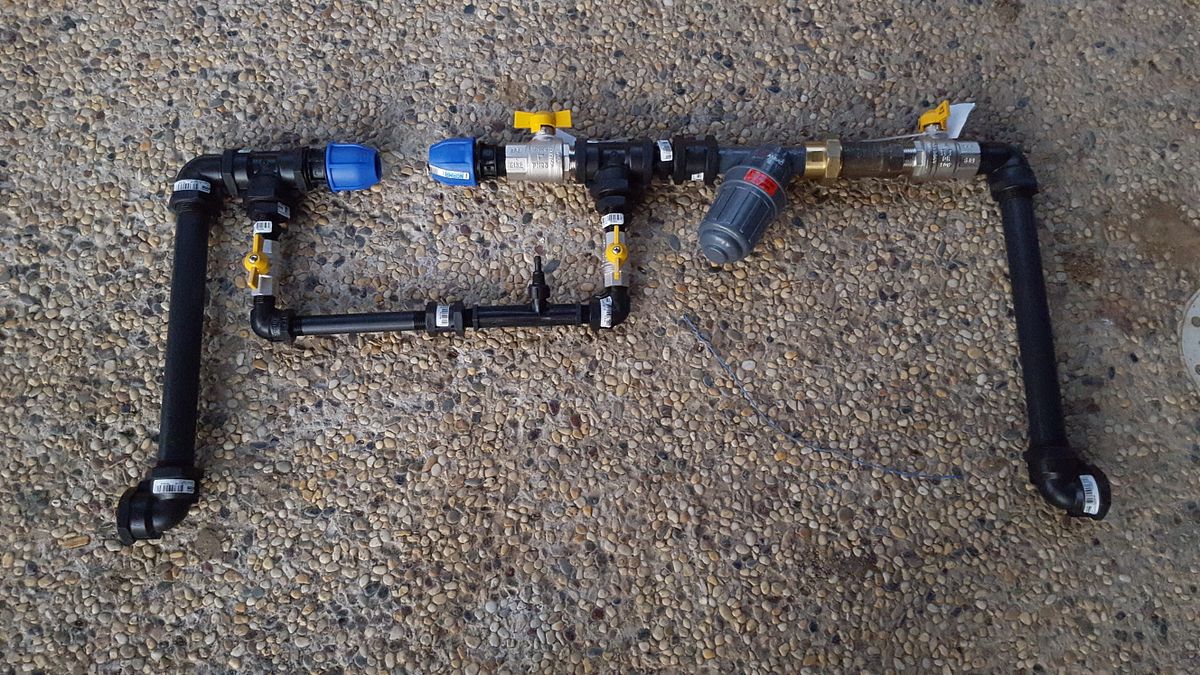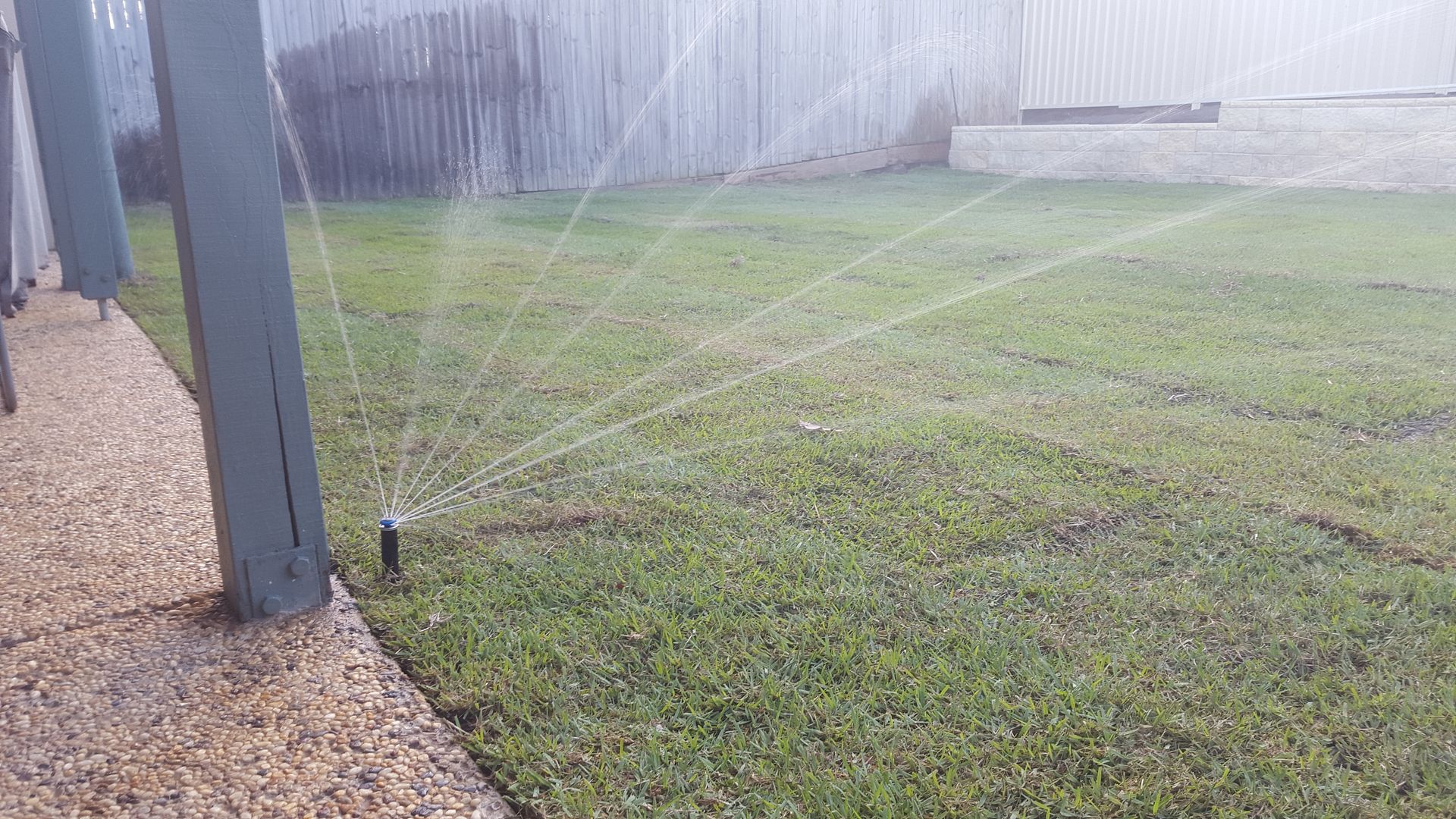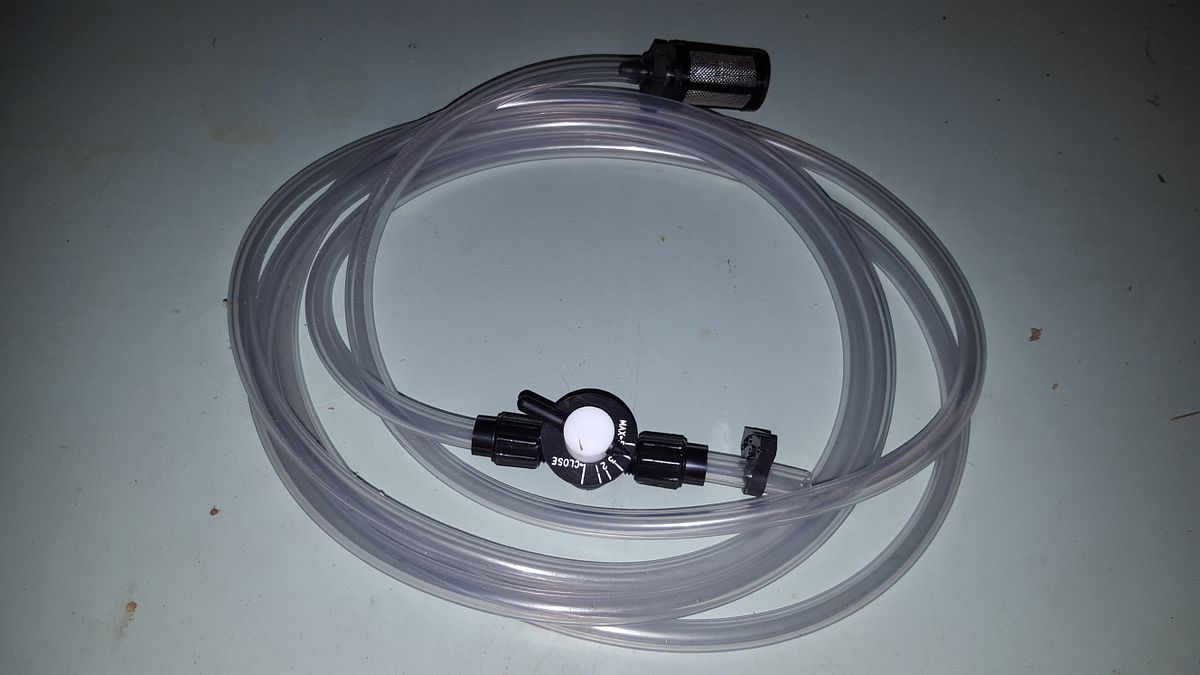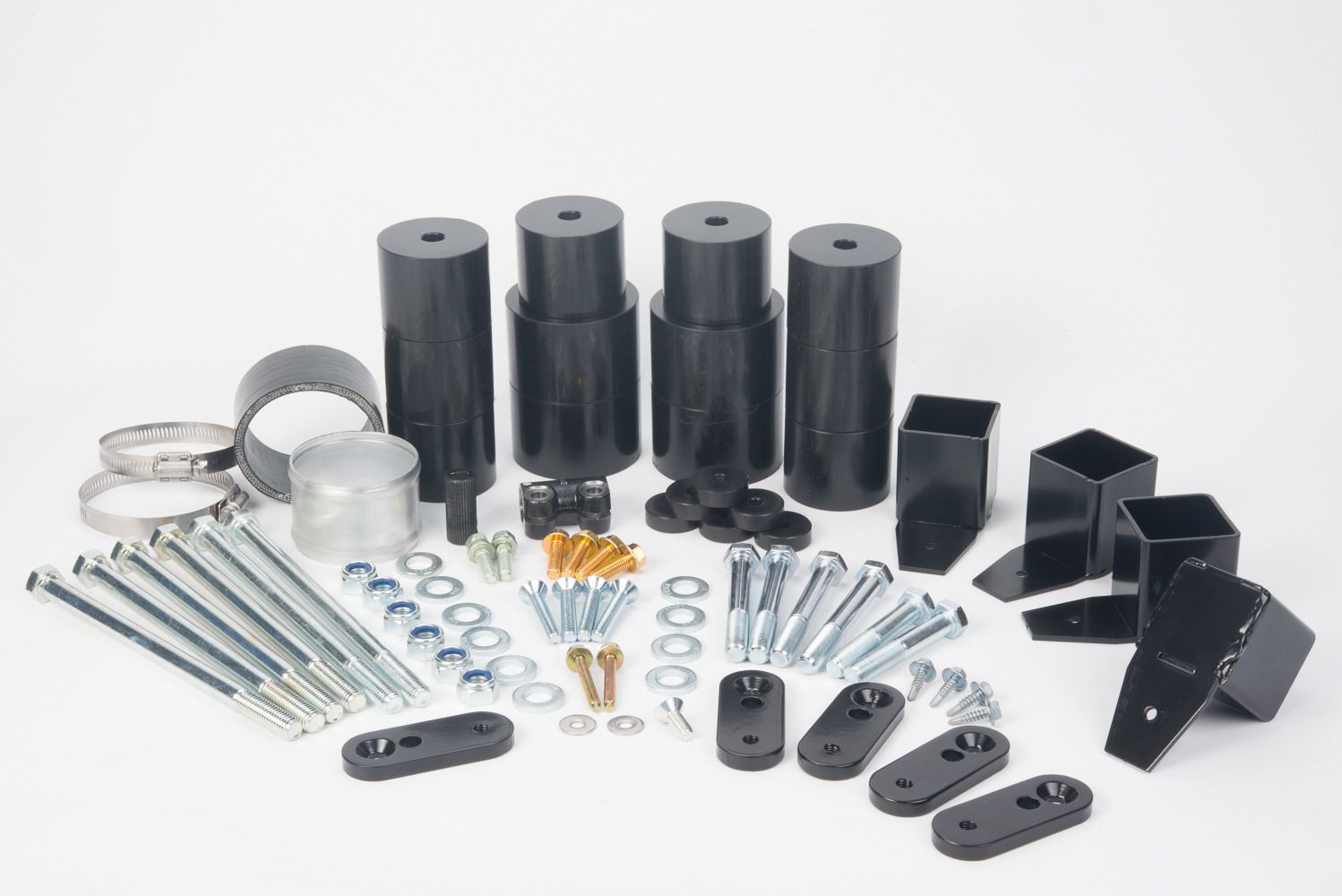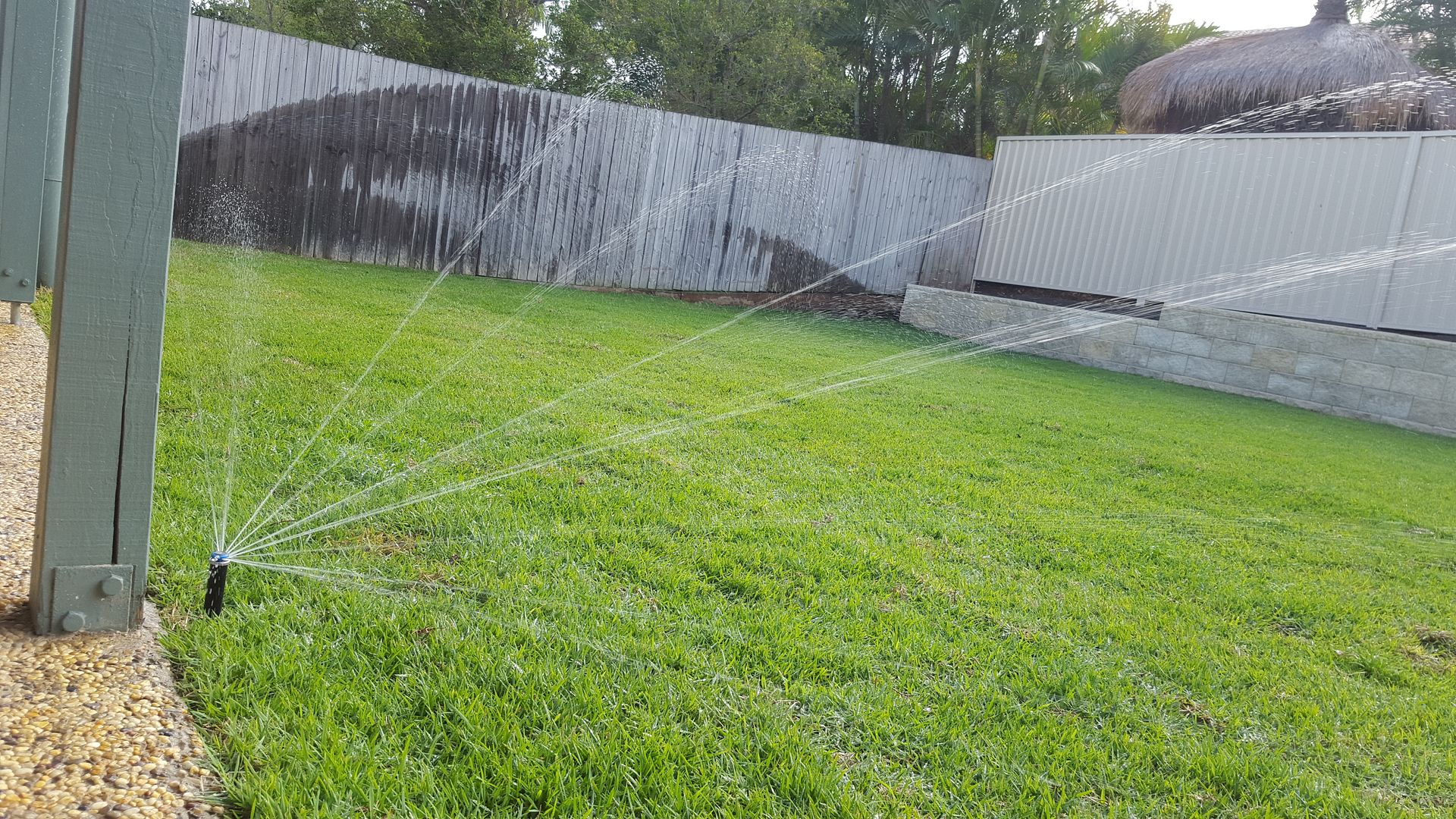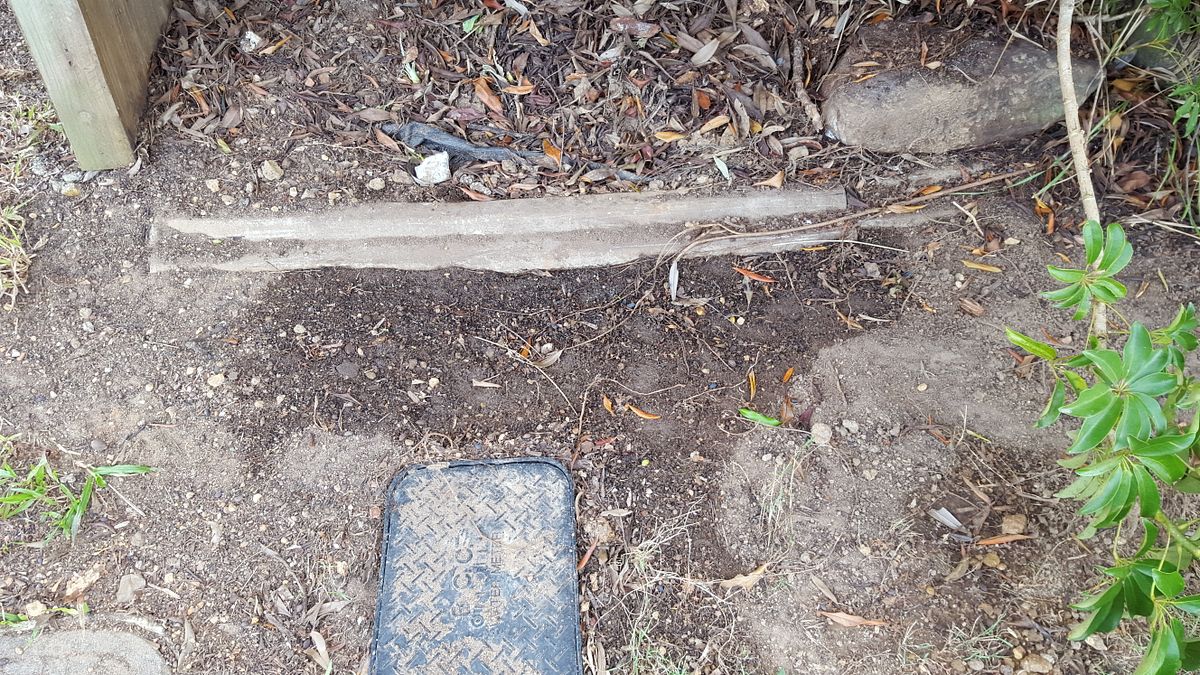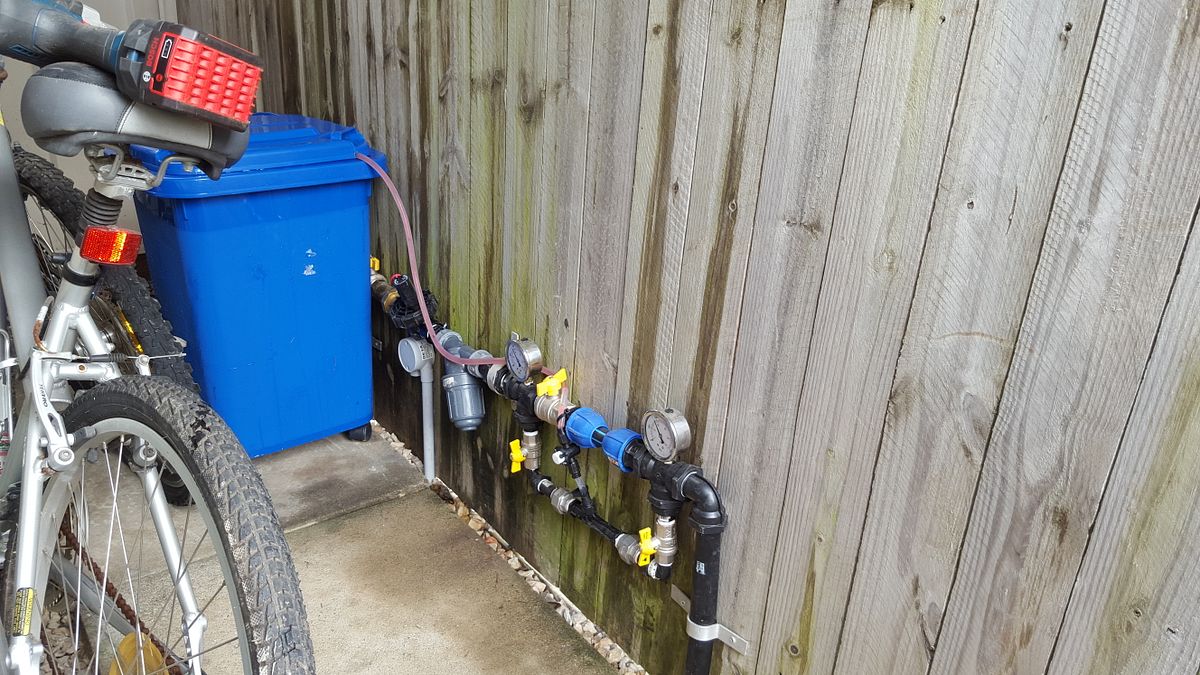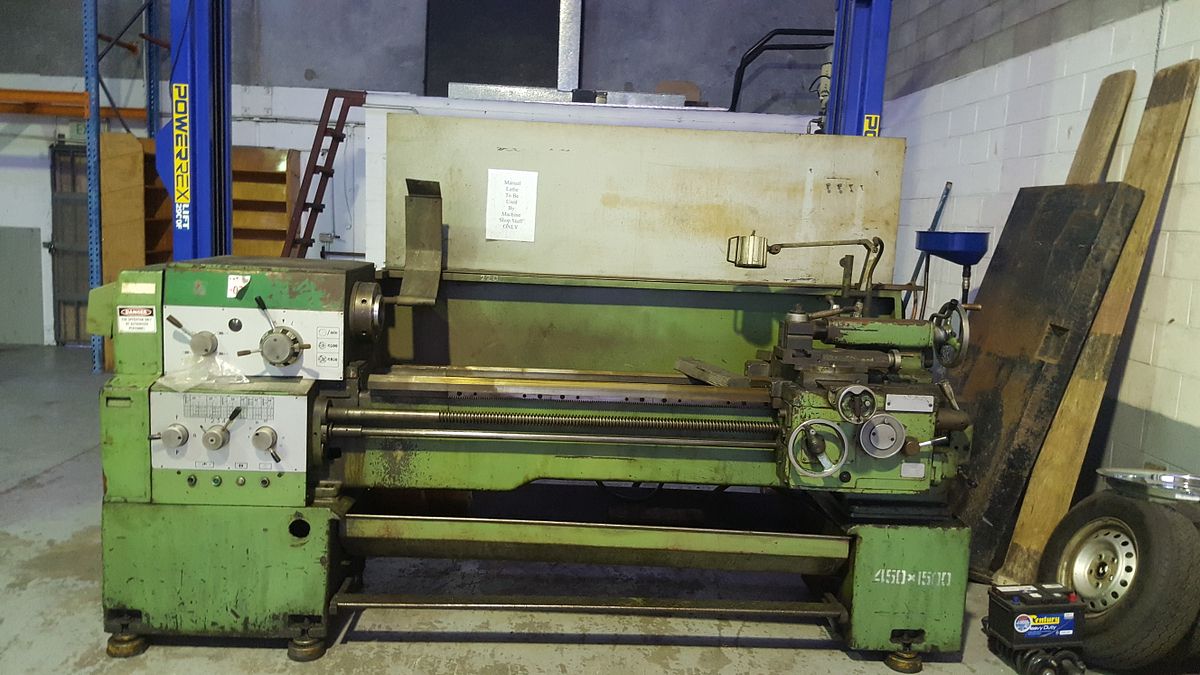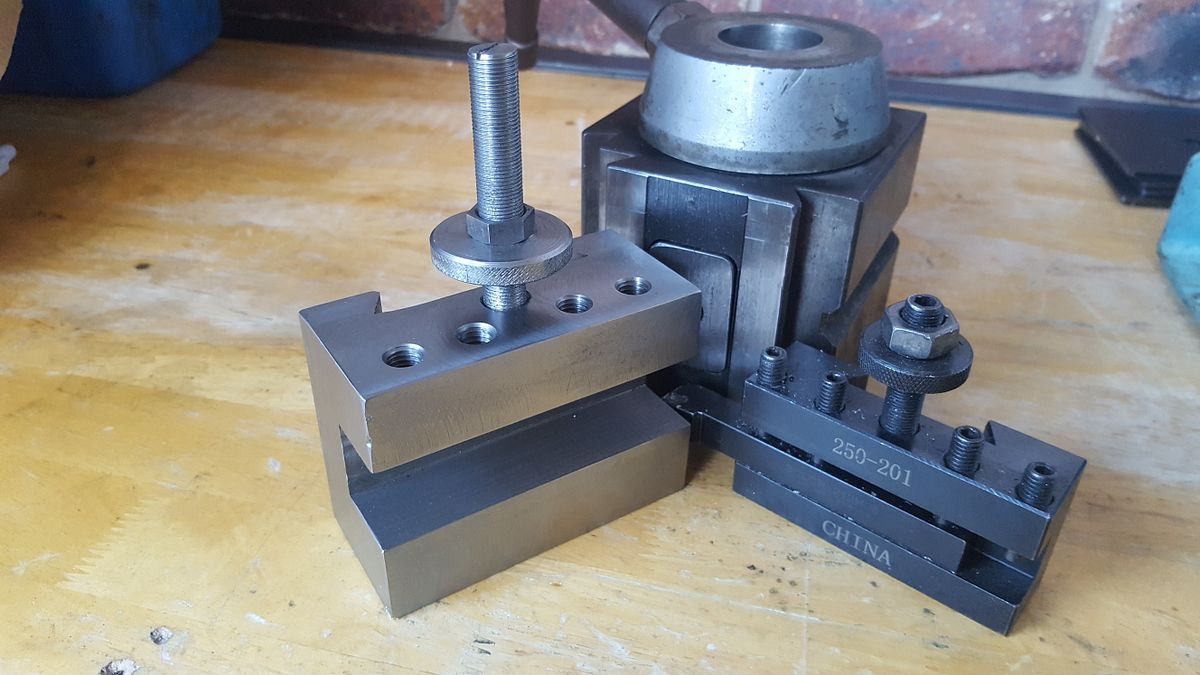Thought I'd give a bit of an update on my irrigation system as its shed related by virtue of the fact the irrigation controller is mounted to the wall of the shed.
The turf has been down 4 weeks now and today I got the fertiliser injector calibrated and working. Shown below adding about 1 gram per litre of water to the lawn for the first time. Coming into winter, we got a couple of weeks of nice warm weather to kick it off so it looks really good now. I'm a bit annoyed becasue there is quite a bit of nutgrass (sedge) that was in the turf but that is easily controlled with Sempra (which costs $45 for 25 grams of ingredient - Ouch!)
I had a few dramas as I put a crowbar through the water main and a week later found a leak near the manhole the water meter hides in on a Sunday.
I had to dig it up, call in a son in law favour to get the plumber back only to find it was still leaking in the evening so I was out in the torchlight fixing it. Any left it open for a week to confirm no leaks and carefully bedded the pipework on some crusher dust before back filling the trench.
I went to a Rural supplies place and he recommended GF9 fertiliser at this time of the year. Made by Grow Force, its one of their Flowfeed fertilisers formulated for liquid fertiliser application. You mix it up as a concentrate at the rate of 1 x 25kg bag per 100 litres of water (250g per litre). It cost me $69 for the bag. Growforce say that crops can tolerate 5 g per litre of fertiliser per litre as a final concentration but usually much less than that is used. Their example on the bag works on 1 gram per litre which is what I adopted.
I bought a 60 litre wheelie bin from Bunnings for $15. Carefully measured in 60 litres and found it was brim full so I took out 10 litres and engraved a 50 litre mark on it which meant at the recommended concentrate, I needed 1/2 a bag. I repurposed a leanto by my garden shed into a fertiliser shed and here's what I ended up with.
So for ronboult who said he had problems with his fertiliser injector, here is what I learnt about getting it up and running.
1. You need plenty of pressure as you need to give up about 60 kPa before the venturi functions at all.
2. The Mazzei 384 injector I am using is made in USA and their calibration data quotes a really obscure pressure unit of kg/m2. To convert to kPa (Kilopascals), multiply by 98.1.
3. You really need the horrendously expensive Mazzei needle valve pictured earlier above to cut the flow back so you don't have to dilute the concentrate.
4. I measured the maximum injection rate using a 3 litre measuring jug over a 10 minute period and found I was injecting 200 ml per minute.
5. I ran some calculations and decided to cut this back to around 10%. After setting the needle valve and remeasuring the flow over 20 minutes, I was injecting 45 ml per minute..
6. My pressure gauge told me I had a working pressure of 200 kPa and the sprinkler calibration chart told me I was using 10.62 litres per minute at that pressure. That worked out i needed 236 grams per litre of concentrate to give 1 gram per litre at the sprinkler. I decided to adopt the standard 250 g per litre concentrate (25 kg or half a bag into my mixing tank) so I am applying 1.06 gram per litre.
7. They say to fertilise every time you irrigate.
8. With 2 sprinkler zones running for 10 minutes each, I am using 900 ml per irrigation so the half bag ($35) of fertiliser should last for 50 applications. Thats about 3.5 months so it will cost me about $10 per month to feed my lawn. It will be interesting to see how it all goes from here.
9. I'd forgotten how cold urea gets via endothermic reaction when mixed with water! (urea must be the primary ingredient of GF9- ice cold beer anyone?). You can see the condensation on the wheelie bin in the pic above.





